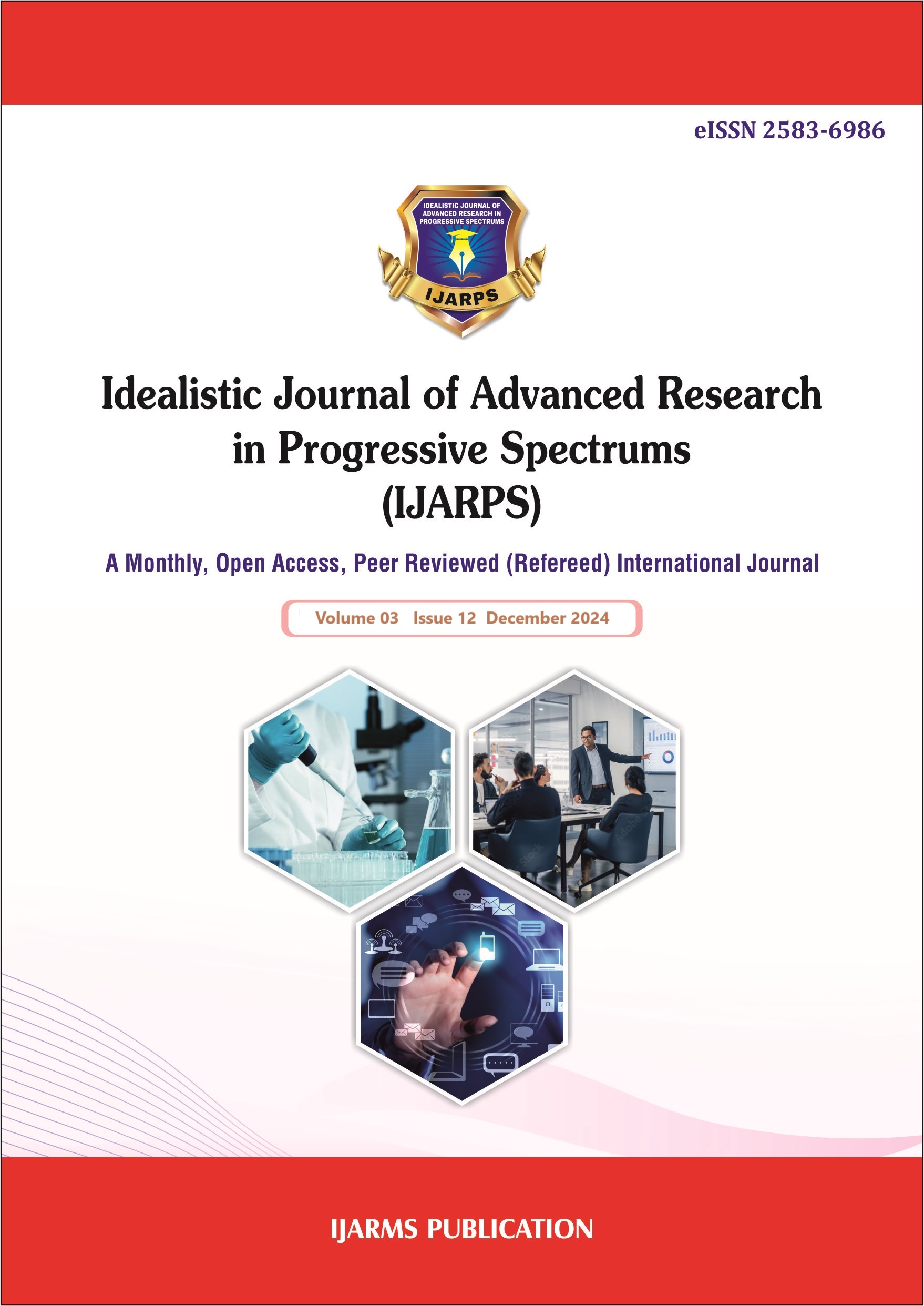Effect of Climate Change on Public Health in India
Abstract
Climate change and the increased climate variability are expected to worsen global health disparities. It is crucial to conduct additional research, especially in developing nations, to better predict the anticipated impacts and to develop effective interventions. There is overwhelming evidence that climate change poses increasing threats to public health security, ranging from extreme weather-related disasters to the broader spread of vector-borne diseases like malaria and dengue. The health impacts of climate change will not be evenly distributed across the globe. India, a large developing nation, exemplifies this vulnerability. The country is home to the Great Himalayas, the world’s third-largest ice mass in the north, and a 7,500 km densely populated coastline in the south. Nearly 700 million of India's over one billion people live in rural areas and rely directly on climate-sensitive sectors like agriculture, forests, fisheries, and natural resources such as water, biodiversity, mangroves, and coastal zones for their livelihoods. The country frequently experiences heatwaves, floods (both inland and coastal), and droughts, while diseases like malaria, malnutrition, and diarrhea are already significant public health concerns. Any projected increases in weather-related disasters and their health consequences could further overwhelm India's already strained public health infrastructure. Therefore, it is crucial to act urgently. Addressing the health risks of climate change requires both mitigation and adaptation strategies. These approaches can work in tandem, significantly reducing the risks posed by climate change.
Keywords: -Climate, Health, Vulnerability, Disease.
Additional Files
Published
How to Cite
Issue
Section
License
Copyright (c) 2024 www.ijarps.org

This work is licensed under a Creative Commons Attribution-NonCommercial-NoDerivatives 4.0 International License.

